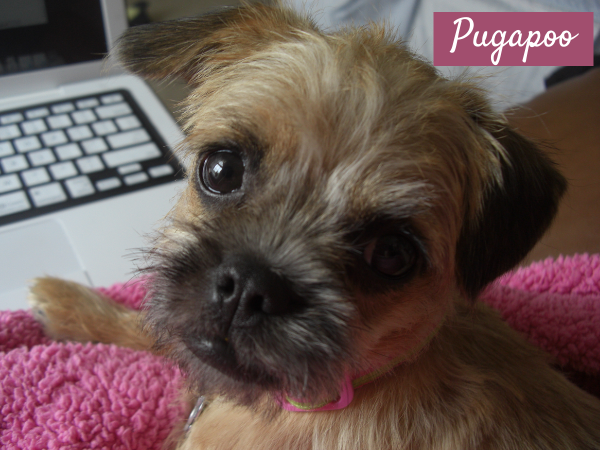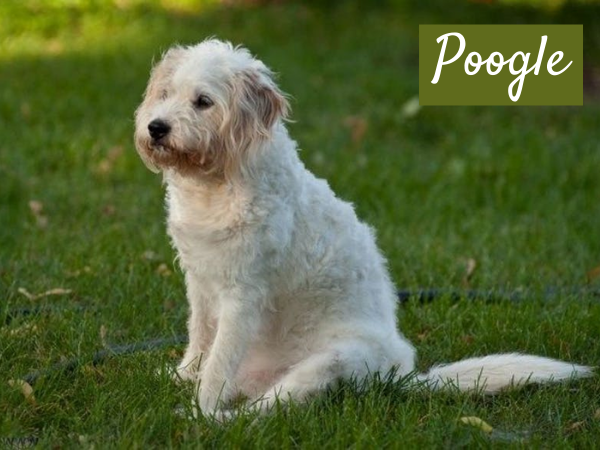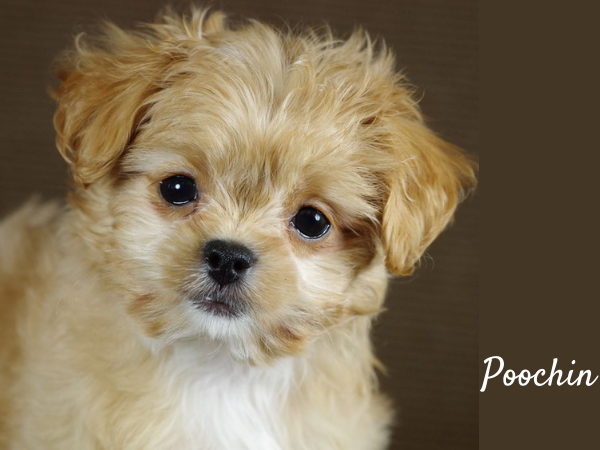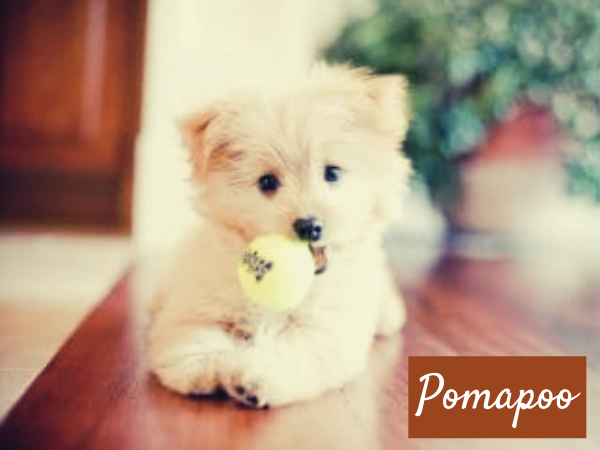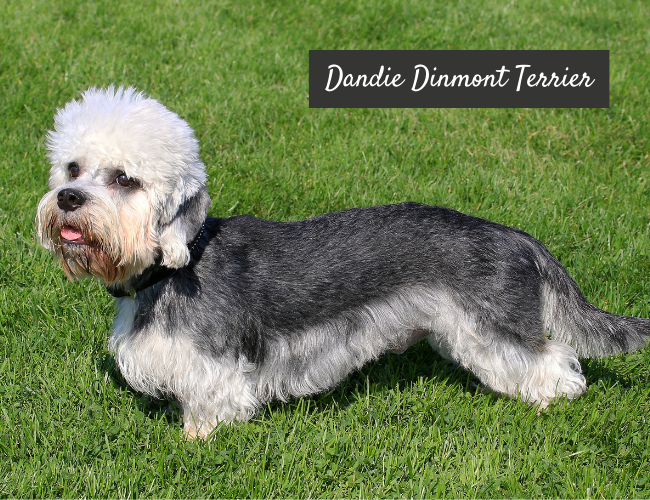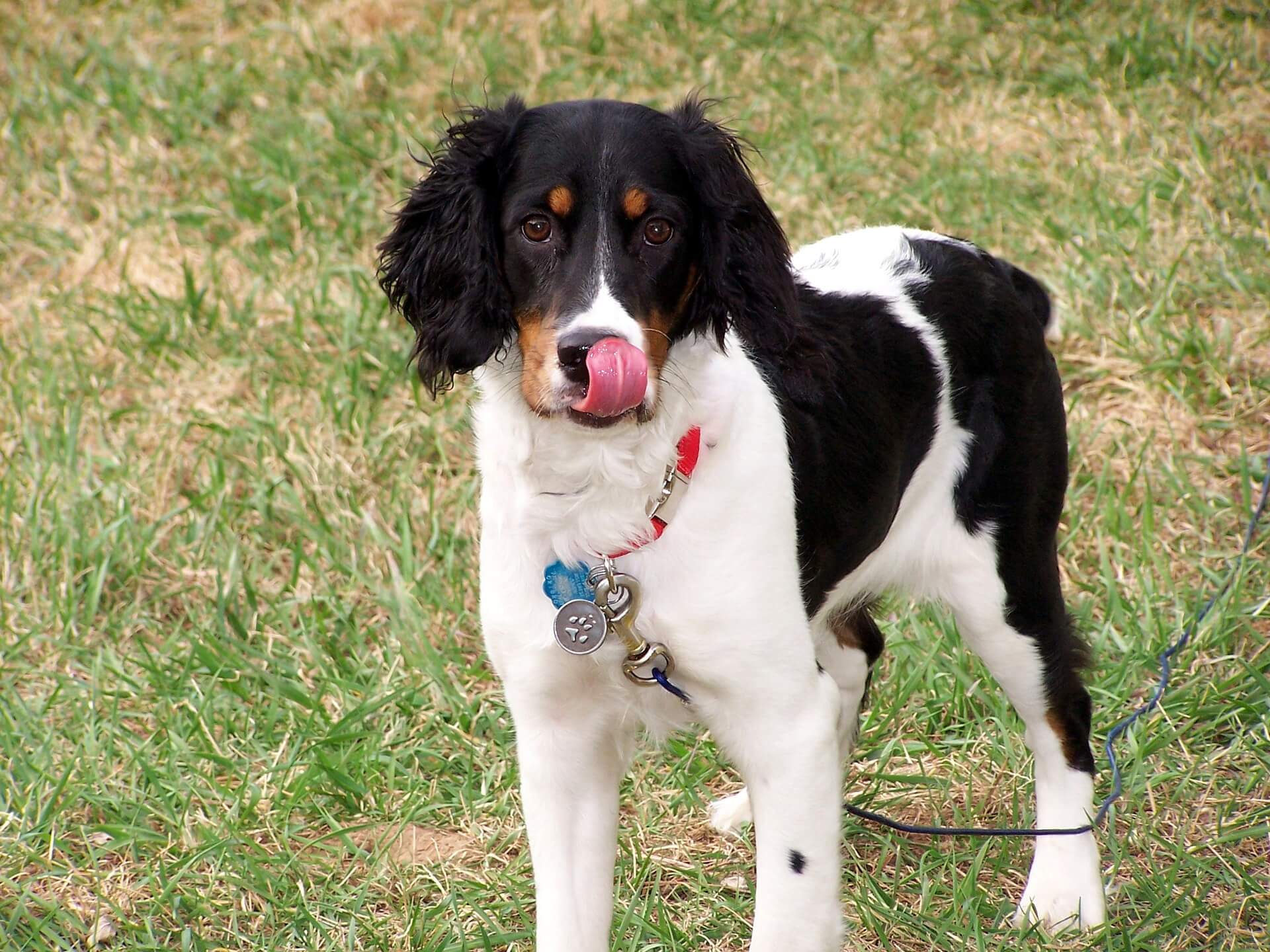
English Springer Spaniel
Origin: The Spaniel originated in England as gun dogs to flush games birds in the air in the 1800s. They were skilled at hunting waterfowl and small land prey such as rabbits and rats. The breed’s name was changed to ‘English Springer Spaniel’ in 1900. It is known to be a famous gun dog, show dog, and an excellent companion.
Size: The English Springer Spaniel has a shoulder height of 18-21 inches, and its weight ranges from 45-55 pounds. It has long ears, oval-shaped eyes, and large lips, with a sturdy body. It has sloped shoulders with a tail carried high. They can vary in appearance as field-bred Springer is lighter in weight than those bred as show dogs.
Coat: English Springer Spaniels have a double coat which is a smooth, dense, and weather-resistant coat. The topcoat is flat or wavy with a short, soft, and dense undercoat protecting from extreme hot and cold weather. They have featherings present on the legs, chest, ears, and belly. Show dogs have longer and smoother coats as compared to working dogs that have short and rough skin. They come in black and white or liver and white with tan markings on the cheeks, eyebrows, and under the tail.
Temperament: The English Springer Spaniel is an obedient dog who is eager to please, friendly, and even temperament. It gets along well with children and other pets of the family. They are intelligent, cheerful, and social dogs. They are active and curious dogs, and they require early age training to prevent from becoming unruly. As long as they are along with their family, they can adapt to any living situation. The Springer Spaniel becomes hyperactive aggressive if left alone or unsupervised. Some Springer Spaniels may become aggressive with same-sex dogs, but this can be avoided by proper training and supervision.
Care: The Springer Spaniels are affectionate dogs who can live anywhere as long as their energy requirements are fulfilled. They have a high energy requirement as they were initially bred to work all day. A long walk once or twice a day is required to keep them entertained. They enjoy activities like swimming, hunting, and playing. If you have a backyard, your pet will enjoy being out there with you. They are easy to train as they have a good nature. Brushing several times a week is required to keep their coat healthy. Brush your Springer’s teeth and trim nails regularly to maintain overall hygiene.
Health: Like all breeds, there are some particular health conditions that a Springer is prone to. Hip Dysplasia, Retinal Dysplasia, Entropion, Progressive Retinal Atrophy (PRA), Skin and ear infections, and Phosphofructokinase (PFK) deficiency are some of the health conditions that are commonly seen in a Springer Spaniel. Make sure to ask for the health clearance when you plan to get the pet home.





